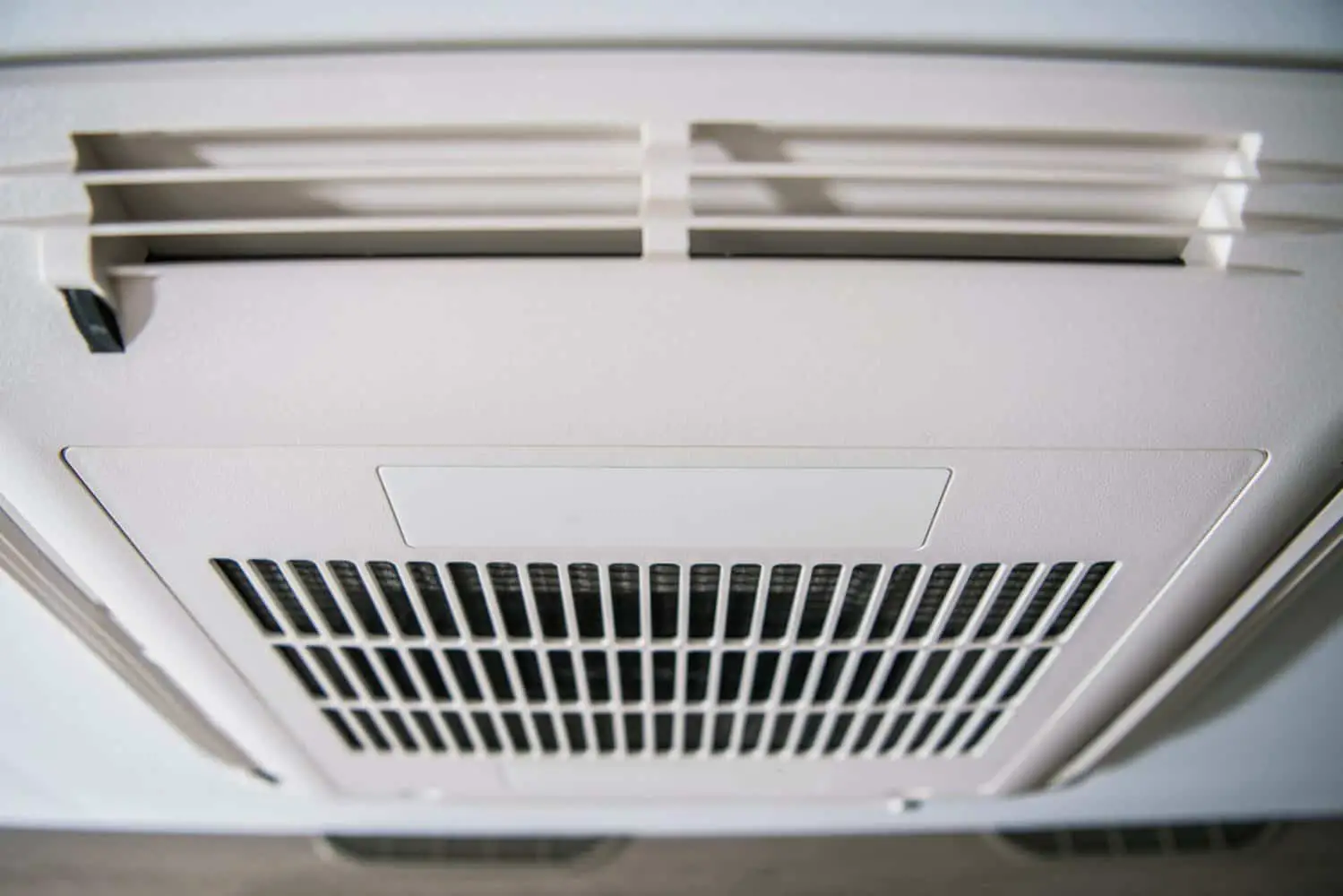RVs have revolutionized recreation in the United States, and just under 10% (11 million) of all American households own an RV. Whether they are used for family holidays (how cool is it that the young children don’t have to put up with hotel restrictions), a young couple using it as a residence, or explorers living off-grid, this is a lifestyle which Americans have widely adopted.
Installing a ducted air-conditioning system in an RV is the superior solution. Ducted AC offers a more even spread of temperature-controlled air. It reduces the humidity levels and, therefore, mold produced by a non-ducted system, and there is no compromise to the RV’s headroom.
Controlling the temperatures in an RV can make the difference between a great and not-so-great holiday. The type of air-conditioning system you choose plays an essential part in this process. You want an efficient system that provides directed air throughout the vehicle and which makes as little noise as possible.
If You Have The Option A Ducted RV AC Is Preferable
Controlling the temperature in an RV is critical. Irrespective of the type of air conditioner installed, getting cooled air into the RV is first prize.
Air conditioners use the same principles as domestic refrigerators. The refrigerant absorbs the heat inside and transfers it to the outside, reducing the temperature within the fridge.
RV reconditioners work in the same way. They remove the warm air by absorbing it inside the evaporator coil. The warm air inside the RV is drawn into the air conditioner, which blows it over the cold evaporator coil. The hot air inside the RV is cooled down and sent back into the vehicle. This process reduces the temperature and makes the environment inside the RV cool and pleasant for the occupants.
Ducted RV AC Are The Best Overall Solution
A ducted RC RV system works by sending air that a single Air-conditioning unit has cooled through ducts built into the RV. Ducted RV AC systems consist of the following components.
- A Compressor
- A Condenser
- Expansion Valve
- Evaporator coil
- Thermostat
- A system of ducts in the RV. Like a house ducted air-conditioning system, the ducts in an RV are connected either by a web of metal ducting or by flexible, foil furnace duct pipe. The ducts design replaces the box on the ceiling of non-ducted RV AC systems.
A Ducted System Has The Following Advantages
- Ducted RV AC systems tend to be much quieter than non-ducted systems because the vents are further from the fan in the air conditioner.
- Ducted RV AC systems provide a more even cold air distribution than the equivalent non-ducted systems.
- If you need to concentrate the air in a specific part of the RV, the vents in the ceiling can be adjusted by opening or closing them to send the cooled air to where you need it.
- There is no air conditioning unit taking up headroom in the ceiling with ducted RV systems. Ducted RV air-conditioning systems look better than non-ducted units, and the interior space is not compromised.
- Ducted air-conditioning systems have fewer parts to break, resulting in lower maintenance and repair costs.
- A ducted RV AC system is more efficient because it covers all areas and does leave any hot spots.
- As the cooled air is delivered around the RV, the costs of running the system are less because it can deliver a better cooling effect at lower cooling settings.
The Disadvantages Of A Ducted RV AC System Are
- Ducted RV AC systems are much more expensive to install than non-ducted units.
- With the system of ducts, if not used regularly, dust can build up, making the first use of the system unpleasant.
- Ducted RV systems can only be installed in RVs with adequate space behind the walls and ceiling.
- It is more complicated to renovate the interior of an RV equipped with a Ducted RV AC system because the positions of the vents are fixed.
Non-Ducted RV AC Are Still An Option
Non-ducted RV AC systems are based around a single air-conditioning unit and a central blower/fan system installed. There are no vents or ducting systems to direct the cooled air around the RV, and all cool air is dispersed directly from the single unit.
Although very effective for cooling the air in the area where they are installed, the RV will still have pockets of uncooled air in other sections.
Sometimes the RV doesn’t have the space behind the wall or ceiling to install a ducting system. It is better than nothing and at least some air being cooled in these instances.
A possible compromise with a non-ducted unit is to install more than one air-conditioner at each end of the RV.
A Non-Ducted RV AC Has The Following Advantages
- A non-ducted system is easier to remove and reinstall, as there is only one unit to connect, and there is no ducting system to attach.
- Non-ducted RV AC systems are cheaper to install, and a skilled handyperson can even accomplish the installation.
- A non-ducted system has one entry and exit point (the roof) in the RV, and so dust is all but eliminated.
- As the Non-ducted RV AC system comprises only one unit with no interconnected ducting, if you choose to renovate the inside of your RV, it is a less complicated process than a ducted RV AC system.
- A non-ducted RV AC system can be installed in any RV irrespective of age.
- A non-ducted RV AC system is a lower-cost investment than a ducted RV AC system.
The Disadvantages Of A Non-Ducted RV AC System
- A Non-ducted RV AC system provides only one source of cooled air, which means that hot spots will remain in the RV irrespective of how effective the air-conditioning unit is.
- A Non- Ducted RV AC system involves installing a venting/fan system on the ceiling of the RV. The overhead unit steals headroom and makes it more difficult for taller people to move around the RV.
- Ducted RV AC systems tend to be noisier than ducted systems.
- A ducted RV-AC system controls humidity better, which means less chance of mold growing in the damper areas of the RV.
Conclusion
The clear winners are ducted units in the debate between ducted vs. non-ducted RV AC systems.
If your RV or trailer is an older unit or came installed with a no-ducted system, you may have no option but to install a non-ducted RV AC unit into your vehicle. At least you will have an air-conditioning unit in your RV, which is a better solution than no unit at all.
Good luck, and happy camping!
Check out our artilce on: How Much Does It Cost To Replace An RV Air Conditioner

